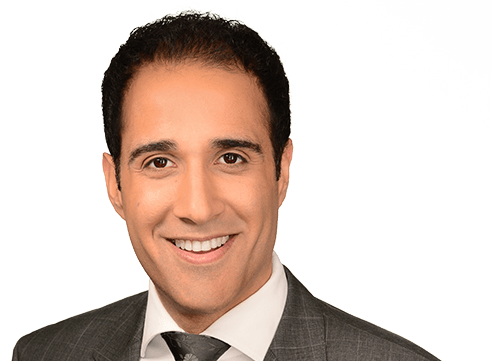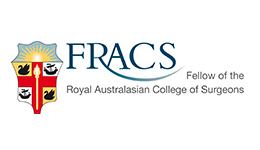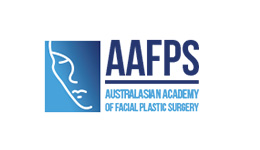Facelift surgery
Facelift Surgery consultation
During your consultation Dr Choroomi will:
- Examine your facial frame and skin texture.
- Listen to your concerns and objectives.
- Discuss why you want facelift surgery.
- Explain the surgical procedure and recovery.
- Review your treatment options and answer and any questions.
Photography and digital imaging can be performed to give you an idea of what your jawline and neck may look like after facelift surgery. During cosmetic consultations all patients will undergo psychological screening and we may refer you to a psychologist.
How is a Facelift Surgery performed?
Dr Choroomi’s preferred technique for facelift surgery is an extended deep plane facelift surgery. This approach targets both the skin and deeper soft tissue layers to create a smooth appearance. Other facelift surgery procedures rely solely on the skin to hold the tissues in place, often resulting in a pulled back, tethered look.
The incision for a deep-plane facelift surgery is hidden around the ear. After the deep tissues are elevated and repositioned, excess skin is trimmed and sutured.
Recovery After Facelift Surgery
During your preoperative appointment, Dr Choroomi will provide you with specific post-operative instructions. Although the results of your facelift surgery can be seen almost immediately, the recovery time is approximately 2 weeks. During this time you can expect:
- A tight bandage placed around your head for 1-2 days
- Minor pain lasting 1-2 days
- Minor swelling will improve gradually
- Numbness around the ears
- Bruising around the jawline and sides of the face
Sutures will be removed after 8 days and you may typically resume physical activity after 2 weeks. Dr. Choroomi will schedule follow up appointments to monitor and assess your recovery.
Potential Risk and Complications of Facelift Surgery
You have the right to be informed that Facelift surgery may involve risks of unsuccessful results, complications or injury from both known and unforeseen causes. Because individuals vary in their overall health and healing abilities, skin texture, anatomy, circulation and the way they react to medications and anesthesia, there can be no guarantee made as to the results of surgery. Furthermore, there always exists the potential for complications.
The following complications of facelift surgery have been reported in the medical literature. They are listed here for your information, not to frighten you, but to make you aware and more knowledgeable concerning this surgical procedure. The list below includes most complications that are encountered, but it is not all-inclusive.
If you have any questions regarding the potential complications listed, please discuss them with Dr Choroomi prior to your procedure.
Hematoma
A collection of blood under the skin. Usually from a slow ooze and is not dangerous. Arterial bleeding is more dangerous and will require treatment.
Nerve Injury
Either from swelling around nerves or direct damage to the nerve fibers. This results in weakness of the involved muscles. 1% of cases have temporary weakness and return to normal in a matter of days/weeks. 1% are permanent.
Hair Loss
Frequently there is temporary loss of hair resulting from the procedure. Regrowth within a couple of months is the rule. The hair pattern may change due to placement of the incisions. Men in particular should be aware of this change necessitating shaving behind the ear.
Pain or Numbness
Usually around the earlobes or ears. Pain is significant for 24 hours but typically dissipates quickly.
Infection
Rare due to the ample blood supply to the face. 1% of cases.
Swelling and Bruising
All patients will experience swelling and bruising. Acute swelling will last for 2-3 weeks but final resolution may take 6 months. Persistent swelling may require elevation. Bruising occurs from blood under the skin showing through and usually is gone 3 weeks after surgery. Rarely bruising is extensive and may require months to resolve. It is possible that dark discolouration or loss of pigmentation will persist indefinitely.
Scarring
Poor healing with visible, sensitive wounds is rare and may be amenable to repair. Skin slough usually results in loss of pigment.
Surface Irregularities
Occasional depressions and lumps may develop.
Ear Deformities
Distortion of the ears or lobes may occur .









